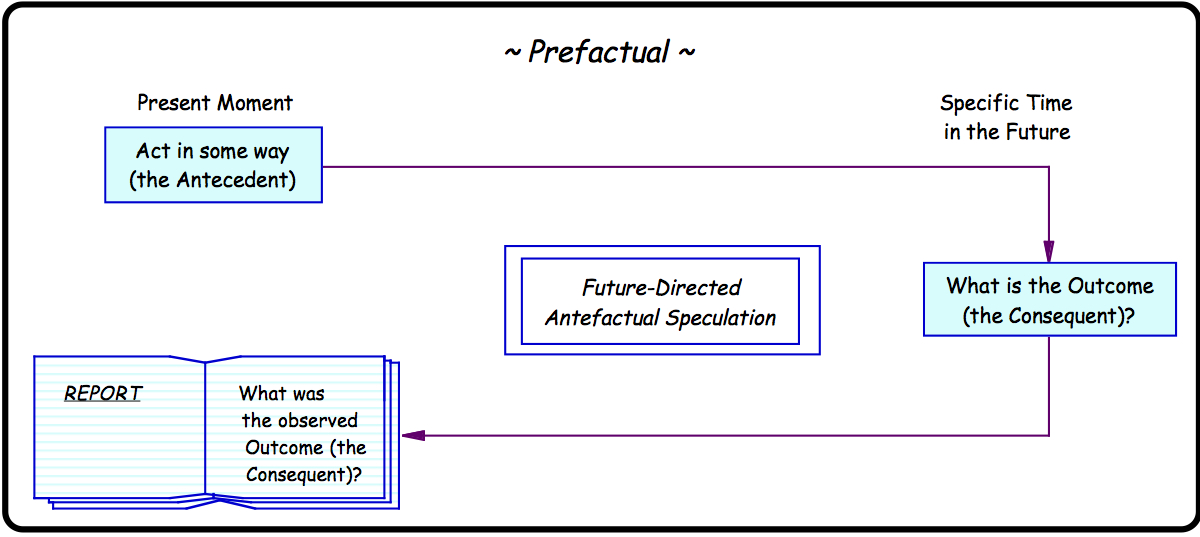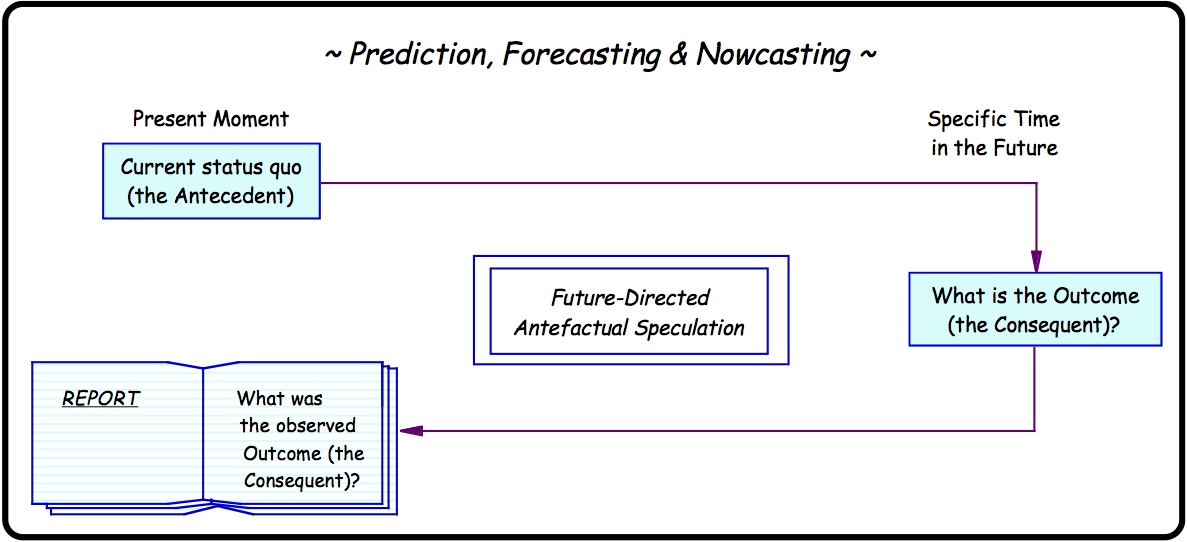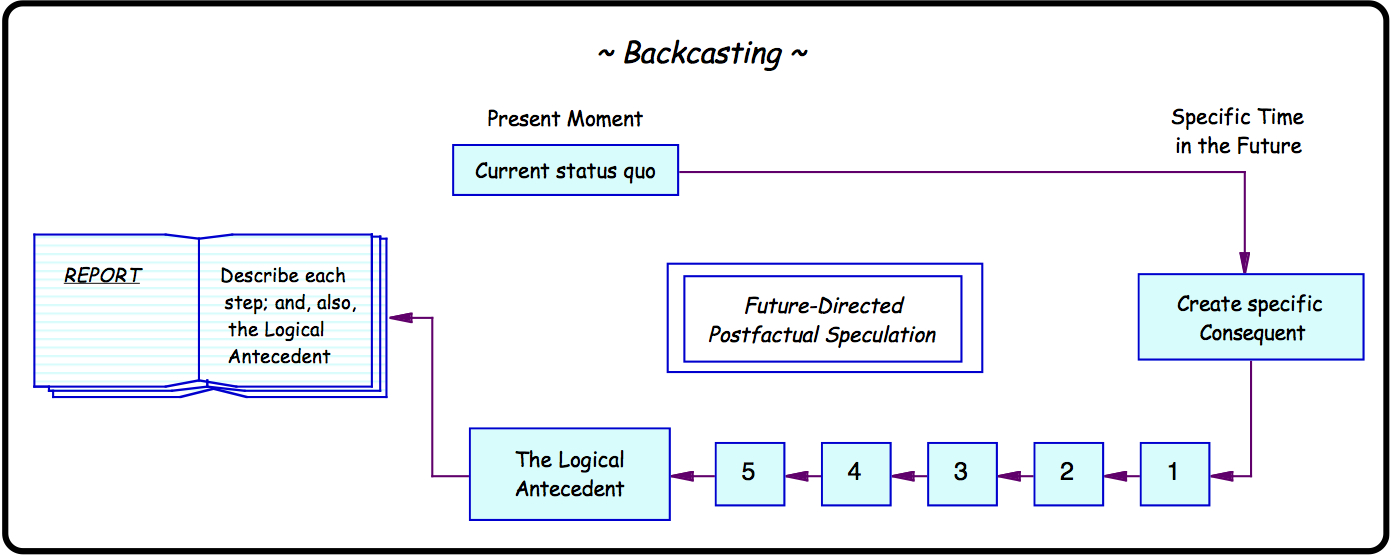1. final project progress report
2.
Final project requirement:
AI X sonic possible world Entanglement
Demo & Exhibition
1. posters (any size)
2. Design fiction props (artifacts, newspapers, DMs, ..., any other kinds of format)
3. 10 mins presentation (using PPT or report in ACM format)
Report, photos (or trailers) :
2. ACM SIGCHI Extend Abstract (EA) format 6~10 pages
3. includes: Introduction, Background, Design research gaps, The Design, the deployment in contexts (real or fictional, simulated), Probing and Data collecting, Findings and Implications, Discussion, and Conclusion
4. photos include: mood boards, concept sketches, final props and visuals, speculative scenarios in Everyday contexts (home, street, office, city, ...)
Due date: 6/5, 2023
upload to google drive
submission to TAICHI 2023 is welcome:
https://taichi2023.taiwanchi.org/submission
(6/4 paper, pictorial)
(6/16 poster)






